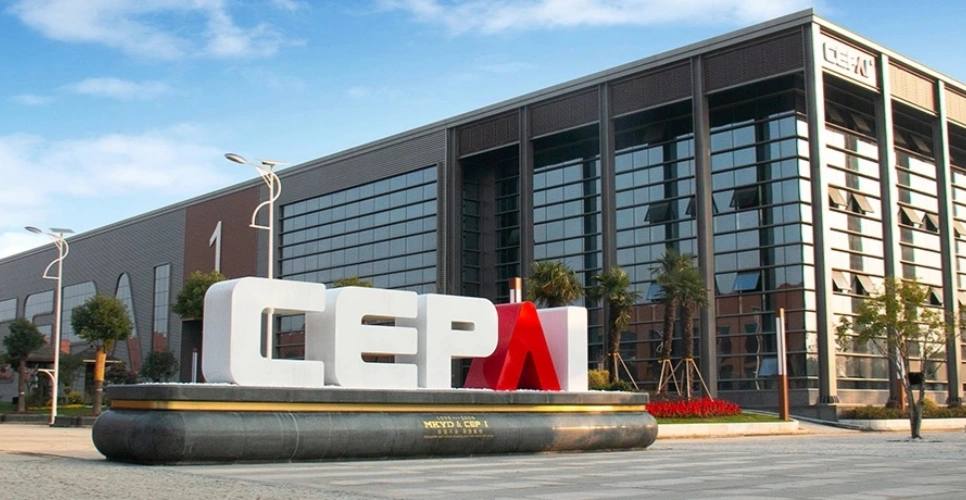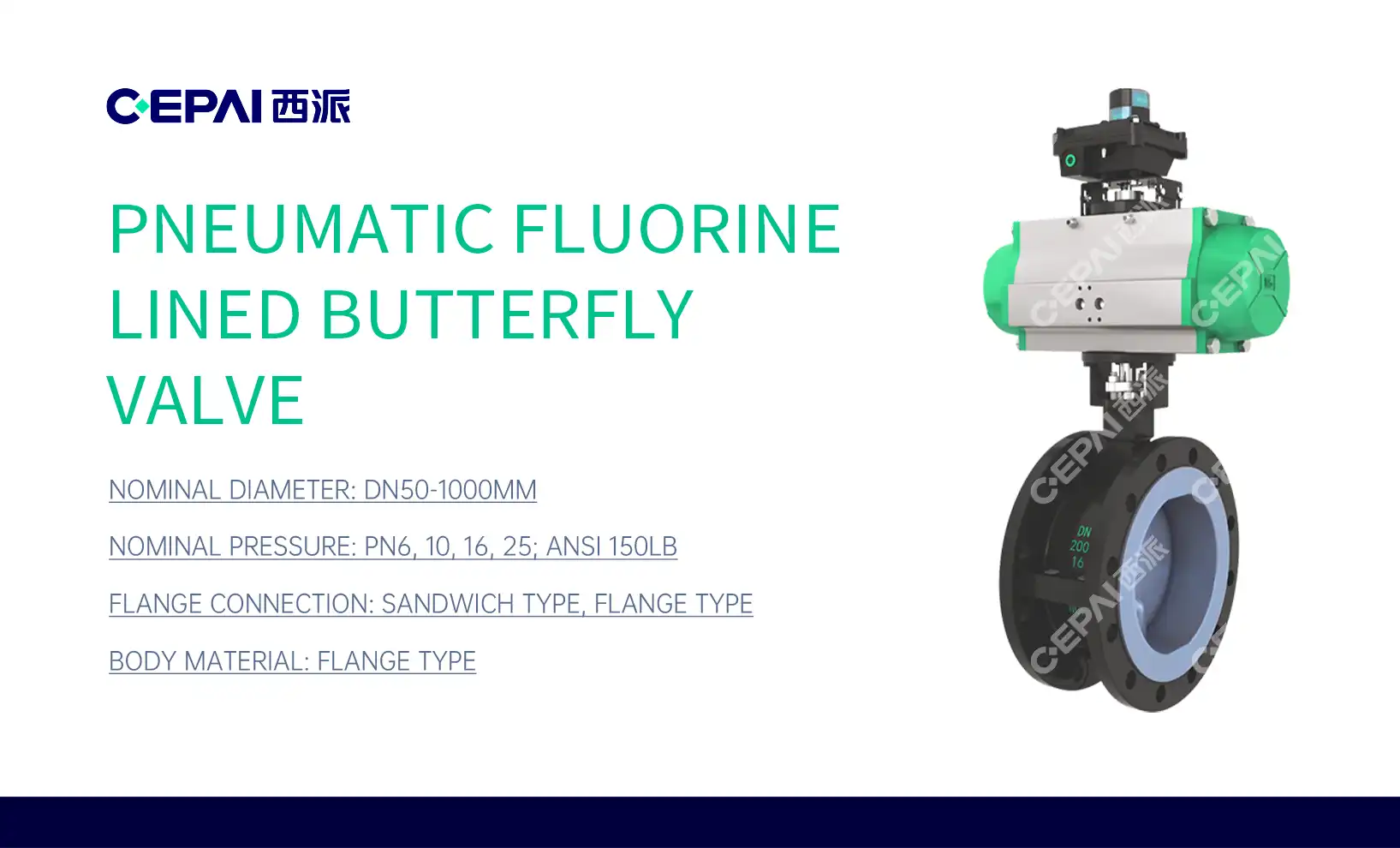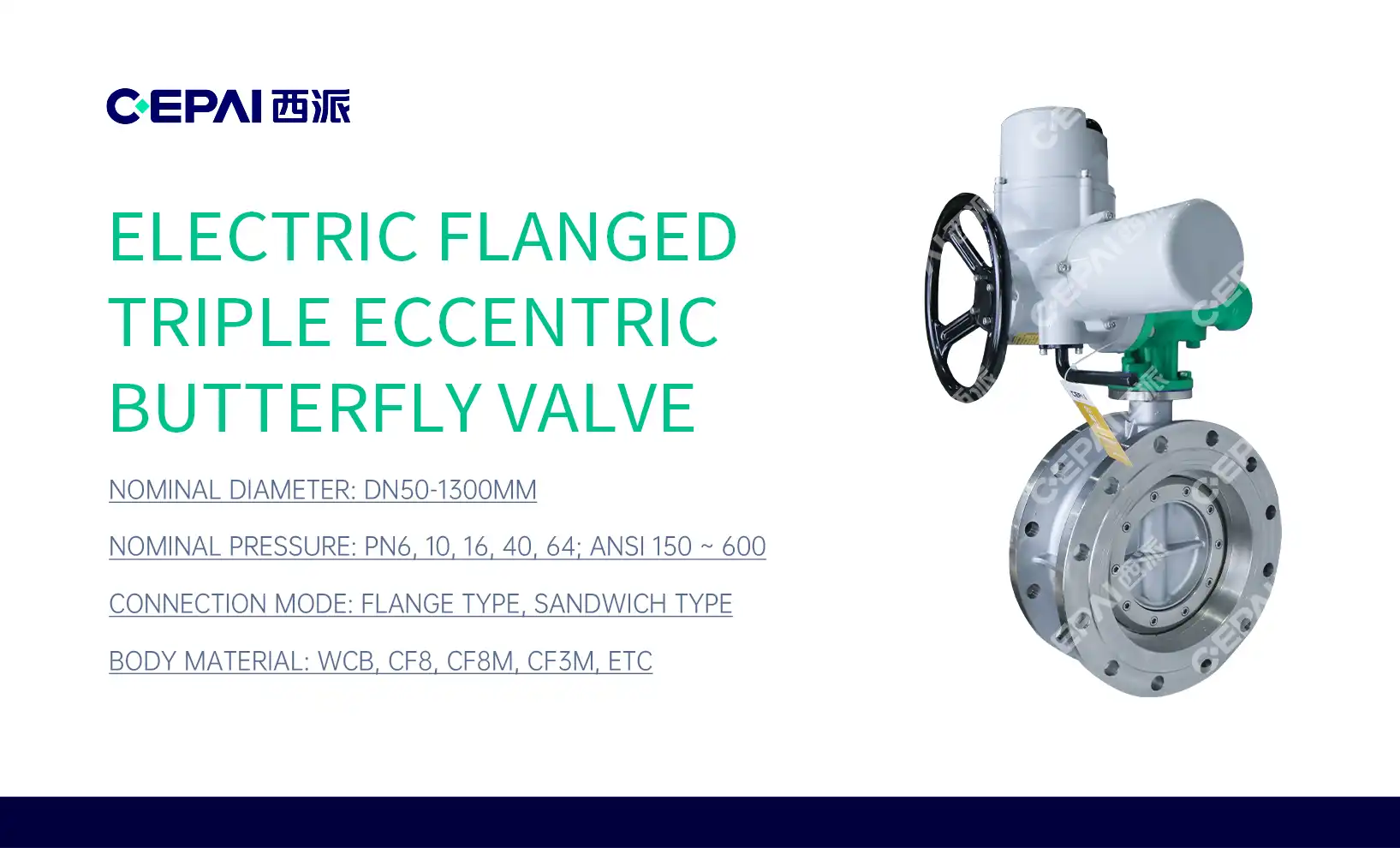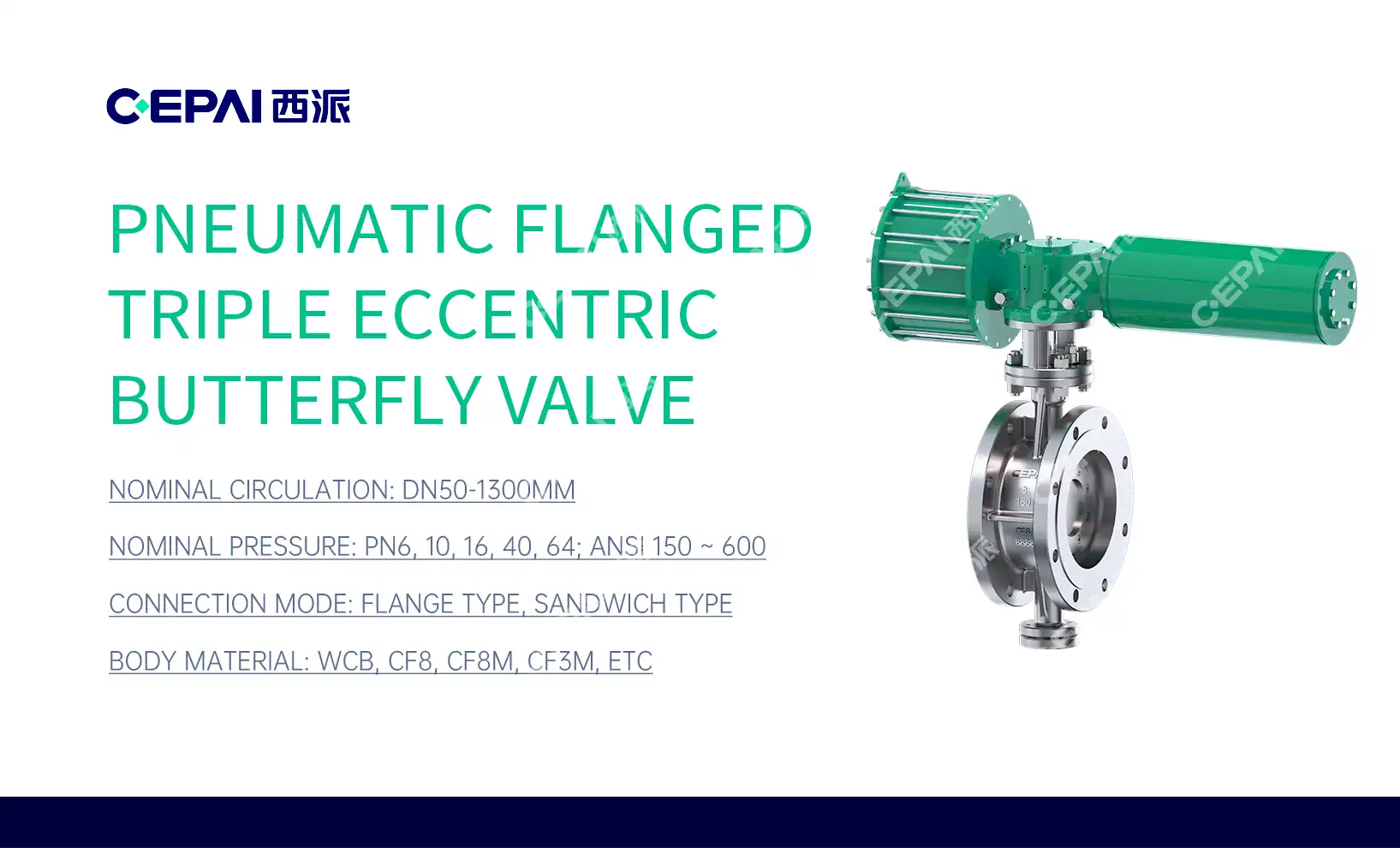Stainless Steel Butterfly Valve vs Cast Iron Butterfly Valve: Performance Comparison
When it comes to selecting the right butterfly valve for industrial applications, the choice between stainless steel and cast iron models is crucial. Stainless steel butterfly valves offer superior corrosion resistance, durability, and performance in harsh environments, making them ideal for demanding applications in the oil and gas industry. On the other hand, cast iron butterfly valves are known for their cost-effectiveness and suitability for less corrosive environments. This comparison will delve into the key differences in performance, longevity, and applicability of these two valve types, helping engineers and procurement specialists make informed decisions for their specific operational needs.

Material Properties and Performance Characteristics
Corrosion Resistance and Durability
Stainless steel butterfly valves excel in corrosion resistance, making them the preferred choice for applications involving aggressive media. The chromium content in stainless steel forms a protective oxide layer, safeguarding the valve against rust and chemical attack. This inherent resistance allows stainless steel valves to maintain their structural integrity and performance over extended periods, even in harsh environments.
Cast iron butterfly valves, while more susceptible to corrosion, still offer adequate protection in less aggressive settings. They often feature protective coatings or linings to enhance their corrosion resistance. However, in highly corrosive environments or applications involving seawater, chemicals, or high-temperature fluids, cast iron valves may deteriorate more rapidly than their stainless steel counterparts.
Temperature and Pressure Ratings
Stainless steel butterfly valves generally boast higher temperature and pressure ratings compared to cast iron models. The superior strength-to-weight ratio of stainless steel allows these valves to withstand extreme conditions without compromising performance. This makes them particularly suitable for high-pressure systems in the oil and gas industry, where reliability under demanding conditions is paramount.
Cast iron butterfly valves, while capable of handling moderate temperatures and pressures, may not be suitable for extreme conditions. Their lower melting point and reduced strength at elevated temperatures limit their applicability in high-temperature or high-pressure scenarios. However, for standard industrial applications with moderate operating conditions, cast iron valves can provide satisfactory performance.
Weight and Installation Considerations
The weight difference between stainless steel and cast iron butterfly valves can impact installation and maintenance procedures. Stainless steel valves are typically lighter, facilitating easier handling and installation, especially in confined spaces or when working at heights. This can translate to reduced labor costs and improved safety during installation and maintenance operations.
Cast iron butterfly valves, being heavier, may require additional support structures and more robust piping systems. While this added weight can provide stability in certain applications, it may also increase installation complexity and costs. The choice between the two materials should consider the specific requirements of the installation site and the available support infrastructure.
Operational Efficiency and Maintenance Requirements
Flow Characteristics and Control Precision
Stainless steel butterfly valves often exhibit superior flow characteristics due to their ability to maintain tighter manufacturing tolerances. The smoother surface finish of stainless steel reduces turbulence and improves flow efficiency. This precision in manufacturing allows for more accurate control of flow rates, which is crucial in applications requiring fine-tuned regulation of fluids or gases.
Cast iron butterfly valves, while capable of providing adequate flow control in many applications, may not match the precision of stainless steel models. The slightly rougher surface of cast iron can lead to increased turbulence and minor pressure drops. However, for applications where ultra-precise flow control is not critical, cast iron valves can still deliver satisfactory performance.
Lifecycle Costs and Maintenance Frequency
When considering long-term operational costs, stainless steel butterfly valves often prove more economical despite their higher initial investment. Their superior corrosion resistance and durability translate to extended service life and reduced maintenance requirements. This longevity is particularly valuable in critical applications where downtime for valve replacement or repair can be extremely costly.
Cast iron butterfly valves, while less expensive upfront, may require more frequent maintenance and replacement in certain environments. However, in less demanding applications or where regular maintenance is feasible, cast iron valves can offer a cost-effective solution. The choice between the two should consider the total lifecycle cost, including initial purchase, installation, maintenance, and potential replacement expenses.
Sealing Performance and Leakage Prevention
The sealing performance of butterfly valves is critical for preventing leakage and ensuring operational efficiency. Stainless steel butterfly valves often achieve superior sealing due to their ability to maintain dimensional stability under varying temperatures and pressures. This stability ensures consistent contact between the disc and seat, minimizing the risk of leakage even in challenging conditions.
Cast iron butterfly valves can provide adequate sealing in many applications, especially when equipped with high-quality seat materials. However, they may be more prone to distortion under extreme conditions, potentially compromising seal integrity over time. In applications where zero-leakage is critical, or where the valve is subject to frequent thermal cycling, stainless steel models may offer more reliable long-term sealing performance.
Application-Specific Considerations and Industry Standards
Chemical Compatibility and Material Selection
The choice between stainless steel and cast iron butterfly valves often hinges on chemical compatibility with the process media. Stainless steel's excellent resistance to a wide range of chemicals makes it suitable for diverse applications in the chemical processing, pharmaceutical, and food industries. Different grades of stainless steel, such as 316 or duplex alloys, can be selected to match specific corrosion resistance requirements.
Cast iron butterfly valves, while limited in their chemical resistance, can still be suitable for applications involving neutral or mildly corrosive fluids. In some cases, cast iron valves with specialized linings or coatings can extend their applicability to more aggressive environments. However, careful consideration of the process media and potential chemical interactions is crucial when opting for cast iron valves in industrial settings.
Industry-Specific Standards and Certifications
Compliance with industry standards and certifications is a critical factor in valve selection, particularly in regulated sectors like oil and gas, petrochemical, and power generation. Stainless steel butterfly valves often meet or exceed stringent industry standards due to their superior material properties. They are frequently preferred in applications requiring compliance with NACE (National Association of Corrosion Engineers) standards for sour gas service or FDA regulations for food processing.
Cast iron butterfly valves, while capable of meeting many standard industrial requirements, may face limitations in highly regulated or safety-critical applications. However, they remain a viable option in less demanding environments or where specific standards allow for their use. When selecting valves for any application, it's essential to verify compliance with relevant industry standards and regulatory requirements.

Environmental Impact and Sustainability Considerations
As industries increasingly focus on sustainability and environmental impact, the choice of valve materials becomes an important consideration. Stainless steel butterfly valves offer advantages in terms of longevity and recyclability. Their extended service life reduces the frequency of replacement, minimizing waste generation. Additionally, stainless steel is 100% recyclable, aligning with circular economy principles.
Cast iron butterfly valves, while also recyclable, may have a shorter operational lifespan in certain applications, potentially leading to more frequent replacements. However, in applications where their performance is adequate, cast iron valves can still contribute to sustainable operations by providing a cost-effective solution with a lower initial carbon footprint. When evaluating environmental impact, it's important to consider the entire lifecycle of the valve, from production to disposal or recycling.
Conclusion
The choice between stainless steel and cast iron butterfly valves depends on a complex interplay of factors including application requirements, environmental conditions, and long-term operational considerations. Stainless steel butterfly valves offer superior corrosion resistance, durability, and performance in harsh environments, making them ideal for demanding applications in industries like oil and gas, chemical processing, and food production. Cast iron butterfly valves, while more limited in their application range, provide a cost-effective solution for less corrosive environments and moderate operating conditions.
FAQs
1. What are the main advantages of stainless steel butterfly valves?
Stainless steel butterfly valves offer superior corrosion resistance, higher temperature and pressure ratings, and better long-term performance in harsh environments.
2. When should I choose a cast iron butterfly valve?
Cast iron butterfly valves are suitable for less corrosive environments, moderate operating conditions, and applications where cost-effectiveness is a primary concern.
3. How do maintenance requirements differ between stainless steel and cast iron butterfly valves?
Stainless steel valves generally require less frequent maintenance due to their superior corrosion resistance, while cast iron valves may need more regular attention, especially in more demanding applications.
Expert Butterfly Valve Solutions for Oil and Gas Industries | CEPAI
CEPAI Group Co., Ltd. specializes in high-quality butterfly valves for the oil and gas sector. As a leading manufacturer and supplier, we offer cutting-edge solutions that meet the industry's stringent requirements. Our expertise in stainless steel butterfly valve production ensures superior performance and longevity in demanding environments. Trust CEPAI for reliable, efficient, and innovative valve solutions tailored to your specific needs. Contact us at cepai@cepai.com to explore our range of premium butterfly valves and other high-end energy equipment.

References
Smith, J. (2022). "Comparative Analysis of Butterfly Valve Materials in Industrial Applications." Journal of Valve Technology, 45(3), 112-128.
Johnson, R. et al. (2021). "Corrosion Resistance of Stainless Steel vs. Cast Iron Valves in Petrochemical Environments." Corrosion Science and Engineering, 33(2), 78-95.
Williams, A. (2023). "Life Cycle Cost Analysis of Butterfly Valves in Oil and Gas Operations." International Journal of Energy Engineering, 12(4), 201-215.
Lee, S. and Park, K. (2022). "Flow Characteristics and Control Precision of Different Butterfly Valve Materials." Fluid Dynamics Research, 56(1), 45-62.
Brown, M. (2021). "Environmental Impact Assessment of Valve Materials in Industrial Processes." Sustainable Engineering Practices, 18(3), 156-170.
Chen, Y. et al. (2023). "Advancements in Butterfly Valve Design for High-Pressure Applications." Mechanical Engineering Innovations, 40(2), 89-104.
_1746598525968.webp)
Get professional pre-sales technical consultation and valve selection services, customized solution services.

About CEPAI


